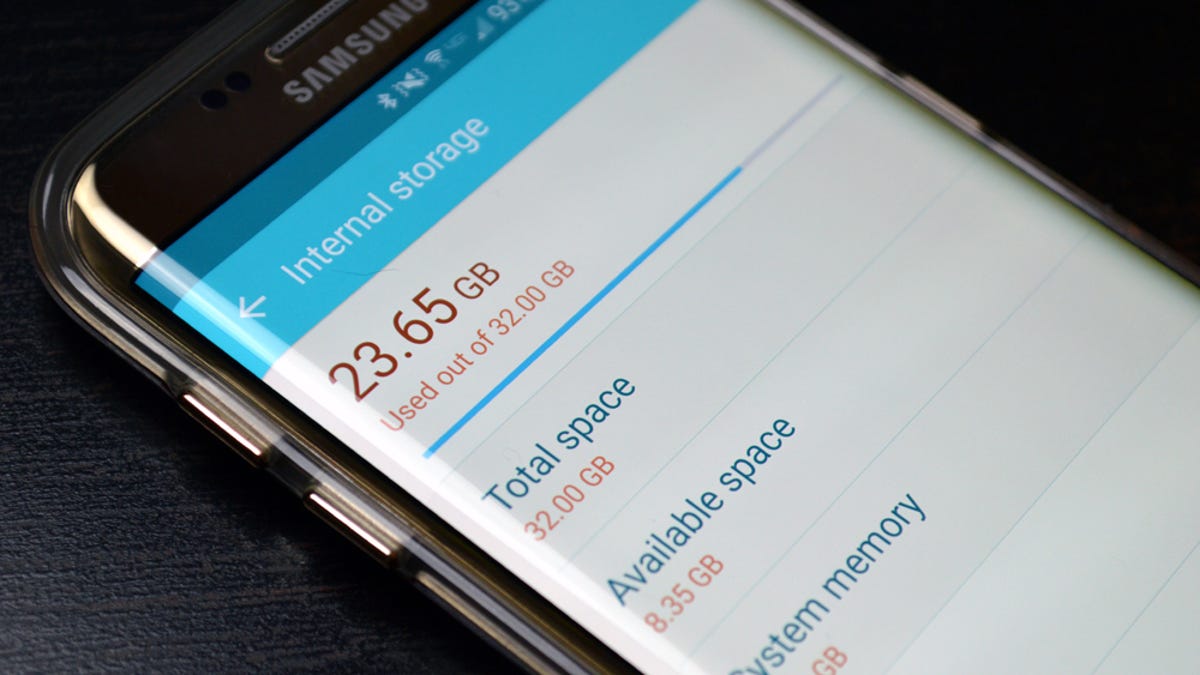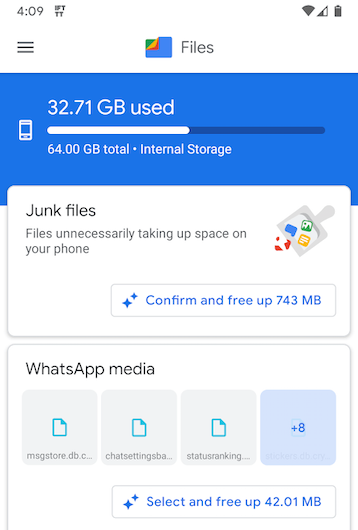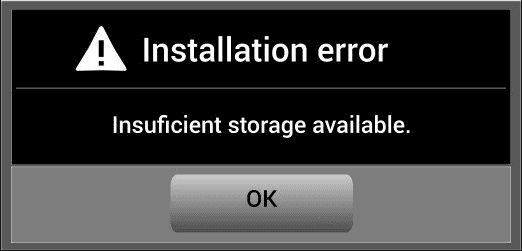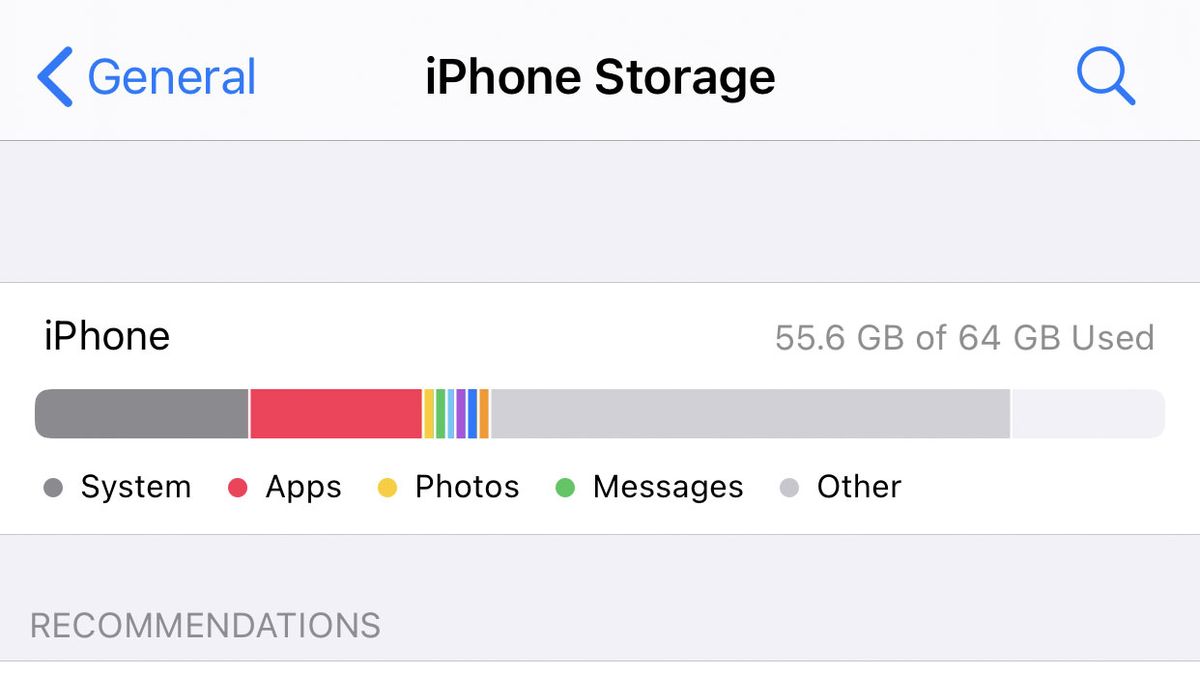- How To Clean My Internal Storage Drive
- Android Internal Storage Cleanup
- How To Clean My Internal Storage
- How To Erase Internal Storage
- How To Clean My Internal Storage Devices
Limited storage capacity: even though you can address limited internal storage (e.g. 16GB) with external storage, the low storage warning will also appear with the microSD card if you are a heavy multimedia user. Phone trash accumulates: temp files, duplicates files, cache, and other unnecessary files are produced all the time. If you need to empty out your self-storage unit, here is a step-by-step guide for a successful storage unit clean out. Storage Unit Cleanout Step by Step. Professional organizer Amy Trager said some of her clients have a hard time beginning the process of cleaning out units they’ve rented for a while. The key is to make a plan, and then take.
How To Clean My Internal Storage Drive
| Why Storage Disappears So Fast? |
| How to Check Storage Condition on Android? |
| How to Free up Space on Android Phones? |
Android devices are fantastic for their ease of use and customization options, however eventually all your precious space is filled. We will look at ways to effectively free up Android phone storage. This problem is particularly acute for phones more than a year old; performance is impacted if the user does not release Android phone storage. We will look at ways to effectively free up Android phone storage.
Why Storage Disappears So Fast?
The storage is not a live creature that can run away itself, so check whether you match any of the following conditions:
Lots of pre-installed apps: some manufacturers are notorious for bloatware (e.g. Asus and Samsung), so their pre-installed apps, along with system-level Android OS, both take their toll immediately – literally right out of the box.
Install apps in built-in phone space: sometimes you didn't notice that the app installation location was set as the built-in phone space not the SD card. The limited phone space is easier to be filled with apps.
Limited storage capacity: even though you can address limited internal storage (e.g. 16GB) with external storage, the low storage warning will also appear with the microSD card if you are a heavy multimedia user.
Phone trash accumulates: temp files, duplicates files, cache, and other unnecessary files are produced all the time. This is a natural by-product of apps, system files, and the OS itself. Over time, this is cumulative and can have a major impact on phone responsiveness if you do not clean the junk regularly.
How to Check Storage Condition on Android?
Before to start a storage release, we should figure out what takes the most space on our phone for solving this problem effectively.
1. Go to your phone main menu, and find out the 'File' icon inside to tap in. Clearly you will see different options there - Category, Storage, and Cloud. Simply tap the 'Storage', your phone space using condition is clearly presented here.
Here you are allowed to view total space and available space on both phone and SD card. Also, simply tap the two locations individually, all the folders inside will show up for your checking.
2. Enter your Android 'Settings' to look for the 'Power and Storage' option. Tap to access it, the 'Storage Space' is there showing the ROM and SD card available space. Tap the button, a circle graph presents you the space that each type of data takes up, for both phone and SD card as well.
How to Free up Space on Android Phones?
There are four ways to reclaim your storage:
1. Clean out junk items regularly

Always use a good mobile management app to clean/remove your phone junk. Examples of junk includes outdated cache, installation packages (APK), uninstalled app remnants, and app cache. This is an effective way to release Android phone space.

Note: Most Android phones already feature pre-installed management app, e.g. Huawei, Xiaomi, OPPO, Meizu, etc. If your phone doesn't already have one, simply download one from the Play Store (for example, Tencent WeSecure)
For our example, we will use the OPPO FIND 7 built-in app.
• Launch your app of choice.
• Tap 'Scan' to commence scanning – this will search for viruses, potential dangers, and junk items using up space.
• Once scanning finishes, the app will automatically delete the junk.
• Or enter the 'File' menu to use the 'Clearup' feature to clean the useless cache.
• Tap 'End all' to wipe them out.
2. Expand external storage (if available)
Add a large capacity Micro SD card, the card storage better starts at 32GB.
3. Files transfer
If you don't want spend money on a SD card, you can do like these to release plenty of space:
• Transfer large files like videos, images, and music to your computer.
• Alternatively, upload the big files to the cloud like Google Photos, Dropbox, Microsoft OneDrive, Flickr, etc. You can download the apps to backup your files and delete the copies on your phone or just upload on the website.
4. Uninstall rarely used apps
Fast uninstall:
• Long press the app icon until a small 'x' appears near the icon.
• Tap the 'x' to commence uninstalling.
• Tap 'Delete' to confirm app deletion.
On some Android phones, long press the app icon and drag it to the trashcan at the screen top instead.
Direct uninstall:
• Enter the phone 'Settings'.
• Enter 'Application management'.
• Choose 'Installed' category.

• Select the apps you rarely use and tap 'Uninstall'.
• Tap 'Uninstall' to confirm the selection.
Note: Following app deletion, use the phone management app to clean any residual files from the uninstallation process to free more space.
Android Internal Storage Cleanup
5. App transfer
Transfer pre-installed to the external SD card. (Only available to Android devices with external storage)
• Enter the phone 'Settings'.
• Enter 'Application management'.
• Choose the 'Installed' or 'All' category including the pre-installed apps.
• Select all the apps individually and tap 'Move to user space' to transfer to the SD card.
• Use the phone management app to clean the trash.
If your Android device is more than 3 years old, we would strongly suggest changing to a more up-to-date device with more advanced features and storage. You've though about it as well? Then both OnePlus 3T and UMI Super are pretty good choices that not only sport large storage but also fast process speed - 6GB RAM+128GB storage and 4GB+32GB (256GB expansion). Therefore, you won't be bothered by the storage limitation again. Want more affordable premium Android phone choices? You can have a look here on Gearbest.
Before I forget, there is currently a top phone brand sale at that with up to 68% off for a limited time only. Have a look before it's too late! Hope this article does work for you :)

| You may also want to read: |
| Android Masterclass | Easy steps to fix frozen or dead Android phones |
| 7 sure-fire ways to speed up your Android smartphone |
| Android / iOS Guide | 3 easy ways to save your mobile data |
On the Samsung Galaxy S7, a lot of system and temporary files accumulate over time, which make the internal memory of the device full. Therefore you should clear the system memory now and then.
This works on the Samsung Galaxy S7 fortunately by means of an integrated app or function. We show you here how to clean up the internal system memory on the Samsung Galaxy S7 quickly and easily.
1. From the Samsung Galaxy S7 home screen, open the app menu and then the Android system settings
2. Scroll down to 'Smart Manager' and tap the entry
How To Clean My Internal Storage
3. Then tap 'Memory' and your Samsung Galaxy S7 will be analyzed
4. Now tap at 'Unnecessary data' on the 'delete' button. Then an overview message appears, how much space could be created by the cleaning up.

How To Erase Internal Storage
Usually the freed memory is between 500 MB and several gigabytes. Now you know how to gain fast and efficient storage space on the Samsung Galaxy S7.
How To Clean My Internal Storage Devices
